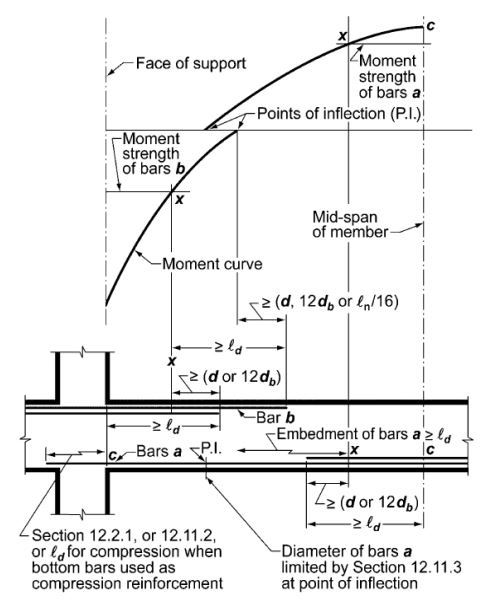DCBII
Structural
- Apr 15, 2010
- 187
I was told I should not splice rebar in a flexural member near the point of maximum moment. I can't seem to find anything to back that up in ACI 318 though. The closest thing I found is limitations with regard to splicing integrity reinforcement in perimeter beams. Thoughts?

